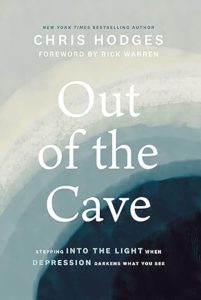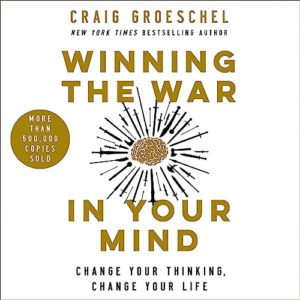
The price of anything is the amount of life you exchange for it. – Henry David Thoreau
It’s the most wonderful time of the year, so says the song. Speaking of Christmas songs, which one is your favorite?
Not long ago, I came across an article in Readers Digest that gave the backstories of some of the most popular Christmas songs. As a fan of backstories, it caught my attention. I’d like to share one of them with you.
The year was 1944, and songwriter Hugh Martin was fooling around with a little medley, but it wasn’t working. “So he played with it for two or three days and then threw it in the wastebasket,” his songwriting partner Blaine told NPR in 1989. Blaine made him get it out of the trash. And it’s a good thing, the song ended up being “Have Yourself a Merry Little Christmas.”
Martin was writing the song for the film Meet Me In St. Louis. Supposedly, the song was a bit too melancholy for Judy Garland’s character in the movie, so Martin and Blaine rewrote the lyrics to be cheerier. “The film producers said, ‘It’s a sad scene, but we want a sort of upbeat song, which will make it even sadder if she’s smiling through her tears,” Martin said. “Then we wrote the one you know in the movie.” The song was a hit and has since been remade by many artists.
When reading a backstory like that one, I can’t help but wonder how many other Hugh Martins are out there – those who have – for whatever reason, have tossed their dream in the proverbial wastebasket. How many have chosen to give up in the face of opposition? How many have succumbed to discouragement to the point of giving up?
It was Thomas Edison who said, “Many of life’s failures are people who did not realize how close they were to success when they gave up.” Truer words have never been spoken.
But did you also know that Edison faced tragedy of epic proportions when his lab was destroyed by fire? In the aftermath of that fire, Edison said, “Thank goodness all of our mistakes are burned up. Now we can start fresh again.” And this is the posture of a man who would not be held back.
As you spend time reflecting during this Christmas season and as the year comes to a close, I want to challenge you to think about your blessings rather than your troubles. Try meditating on the good that’s come your way and the good you can do.It’s all too easy to see the bad taking place in the world, but what you dwell on is a choice and that choice shapes your point of view. Click To Tweet
Let me close by reminding you of the lyrics of “Have Yourself a Merry Little Christmas”:
Have yourself a merry little Christmas
Let your heart be light
Next year all our troubles will be out of sight
Have yourself a merry little Christmas
Make the Yuletide gay
Next year all our troubles will be miles away
Once again, as in olden days
Happy golden days of yore
Faithful friends who are dear to us
Will be near to us once more
Someday soon we all will be together
If the fates allow
Until then, we’ll have to muddle through somehow
So have yourself a merry little Christmas now
I encourage you to discover the hope of the season, and the dreams in your heart, and to know that nothing is out of your reach so long as you have faith.
Merry Christmas and Happy Holidays!
©2023 Doug Dickerson
















